You won’t understand until you see. That’s especially true in geology. That’s why I am sceptical about books which should teach us how to identify minerals and rocks. You need to see, touch, and feel the material to really start to understand it. Sure, it isn’t always possible. We have to take the best of what schemes and photos can provide but if possible we should try to do better. While visiting Scotland I noticed one especially good example of how things should be done. Sedimentary sequence (more precisely small model of it) composed of various rock types laying above the Lewisian gneisses is shown on the photo below.
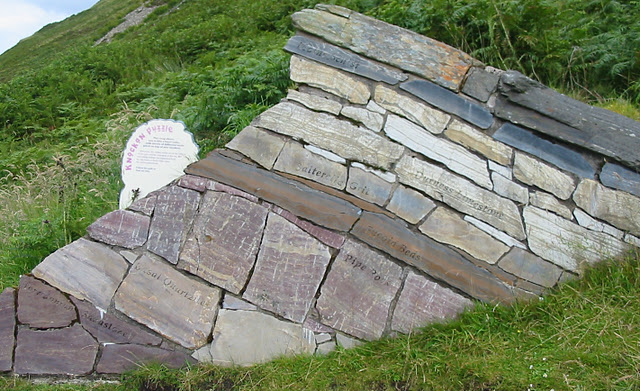
The dark gray layer on the upper part of the sequence is called the Moine Schist. It is a metamorphic rock. Something definitely seems to be wrong here: how is it possible that a metamorphic rock is on top of a sedimentary sequence? Since rocks metamorphose deep below the ground where temperature and pressure are extremely high, it is not possible that only the uppermost layer of a sedimentary sequence is metamorphic.
The solution to this geological puzzle is actually rather simple but it took a very long time to figure it out. The Moine Schist was originally marine mud but it was not deposited on top of the Durness limestone where it lies now. These rocks are pressed one on top of the other later during mountain building and the Moine schist was already formed as a solid metamorphic rock by that time. Such planes along which one rock complex is sliding past the other are called faults. The whole structure shown below is called the Moine Thrust. It is world-famous among geologists because of its very long history of research.
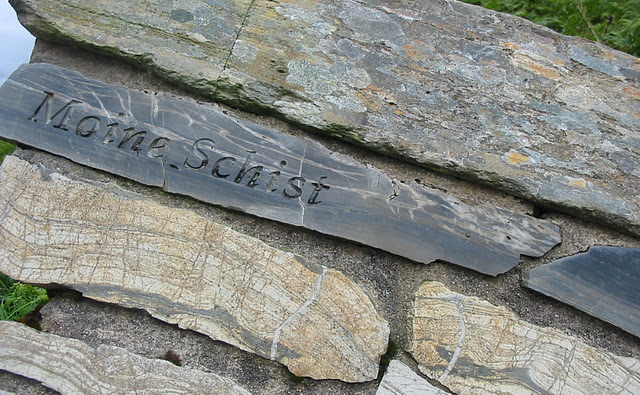
Moine Schist was metamorphosed during the Silurian period.
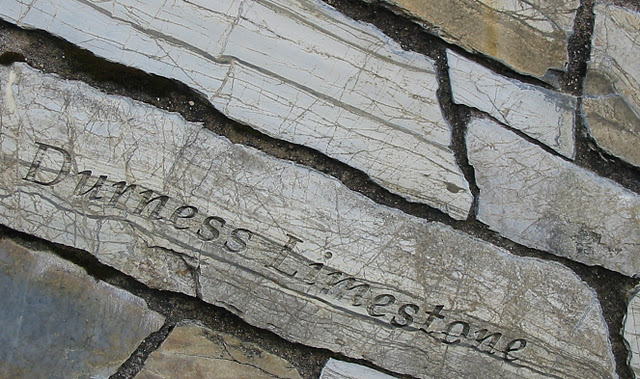
Durness Limestone is a dolomitic limestone of the Cambrian period.
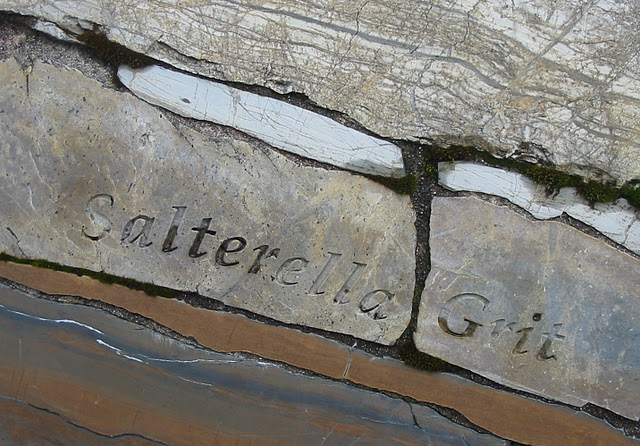
Salterella Grit is a fossiliferous sandstone of the Cambrian period.
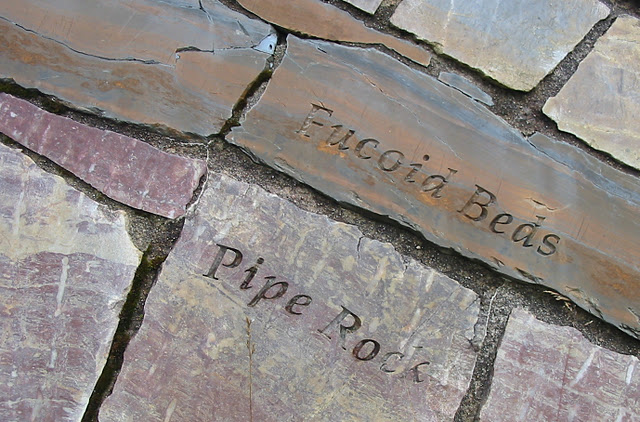
Fucoid Beds is a dolomitic siltstone and Pipe Rock a sandstone, both Cambrian.
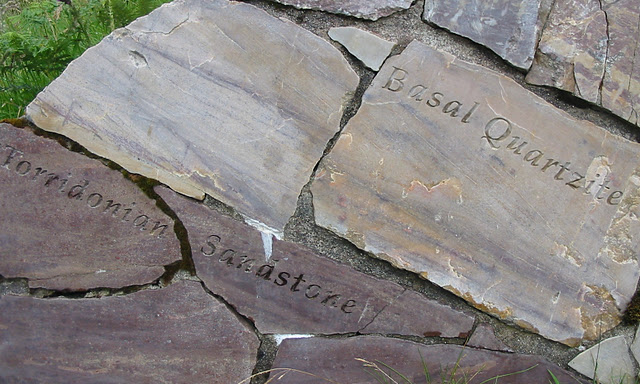
Basal Quartzite is actually not a quartzite (metamorphic rock). It is a sandstone of Cambrian age. Such pure quartz-rich sandstones are sometimes called orthoquartzites. Torridonian Sandstone (arkose) is by far the oldest rock of the sequence. It is approximately 1,000 million years old.
Leave a Reply